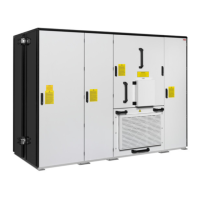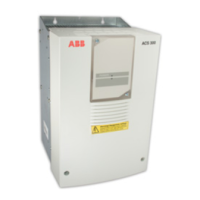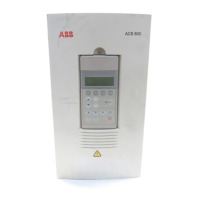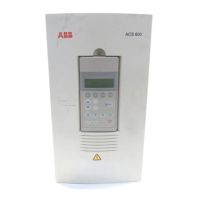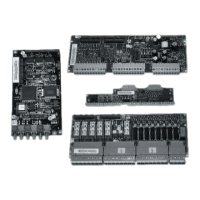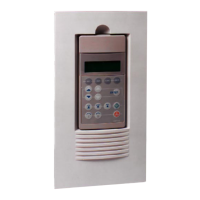Operation principle and hardware
description
Contents of this chapter
This chapter describes the DC/DC converter operation basics and the hardware of
the converter.
Operation principle
The DC/DC converter unit (DDC) transfers energy from a common DC bus of a drive
into an external energy storage and discharges energy back to the DC bus. The energy
storage can be, for example, a battery or super capacitor. The energy storage is not
included in the converter unit delivery.
The DC/DC converter unit has a single converter module or parallel converter modules
under the command of one control unit. Parallel DC/DC converter modules must have
a common energy storage. Each parallel module must have the output cabling of its
own. ABB also recommends that you use identical cablings (cable type, cross-sectional
area, and length) and have identical load for each module. For other solutions, contact
ABB.
Typically, the DC/DC converter is used in marine applications for heave compensation,
peak load compensation, propulsion supply in harbors, energy storing instead of an
additional generator and so on. The DC/DC converter can also be used in automotive
applications such as electric car charging systems and also in several other applications
where energy storing and reuse is needed.
■
Main circuit diagram
The DC/DC converter has output DC fuses and DC fuses on the drive DC bus side. A
DC switch-disconnector is available as option +F286.
2
Operation principle and hardware description 15
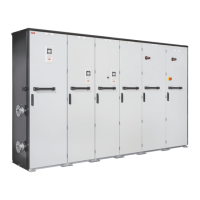
